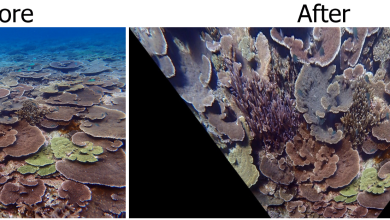Florida Tech Science Cargo Arrives at International Space Station
SpaceX CRS-10 Mission Carrying Charge Injection Device
MELBOURNE, FLA. — A charge injection device from Florida Institute of Technology’s Department of Physics and Space Sciences that could help capture the dim light from planets around very bright stars is safely aboard the the International Space Station, one day later than anticipated.
The device, known as a CID, was part of about 5,500 pounds of research equipment, cargo and supplies packed into the SpaceX Dragon spacecraft that lifted off at 9:39 a.m from Kennedy Space Center aboard a Falcon 9 rocket. The launch was the first commercial launch from KSC’s historic Launch Complex 39A.
After a GPS issue on Wednesday, astronauts Thomas Pesquet of the European Space Agency and Shane Kimbrough of NASA used the space station’s robotic arm to capture Dragon early Thursday morning.
A study led by Florida Tech astrophysicist Daniel Batcheldor has demonstrated that a charge injection device, or CID, has the ability to capture light from objects tens of millions of times fainter than another object in the same picture. An exoplanet next to bright star is one such example.
This ability is a result of how the CID is used as a type of camera: each individual pixel works independently and uses a special indexing system. Very bright pixels get addressed very quickly, while the faint pixels are allowed to carry on gathering the fainter light.
“If this technology can be added to future space missions, it may help us make some profound discoveries regarding our place in the universe,” Batcheldor said previously.
The CID will be installed on a platform outside the space station, where it will be put through its paces for up to six months.
###





